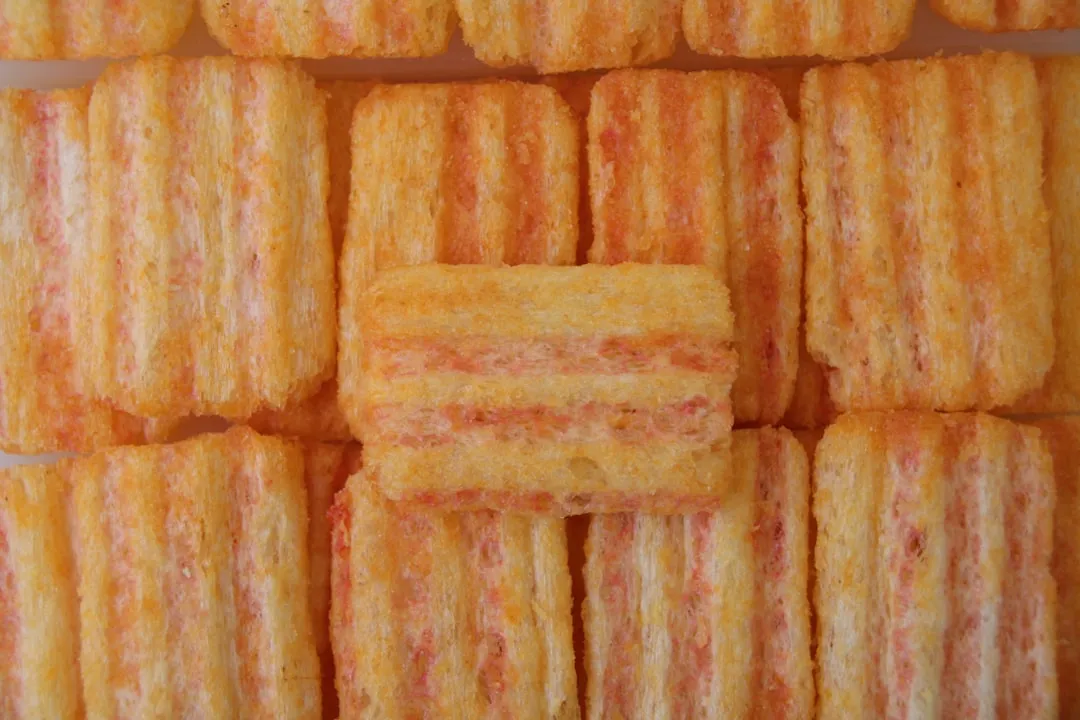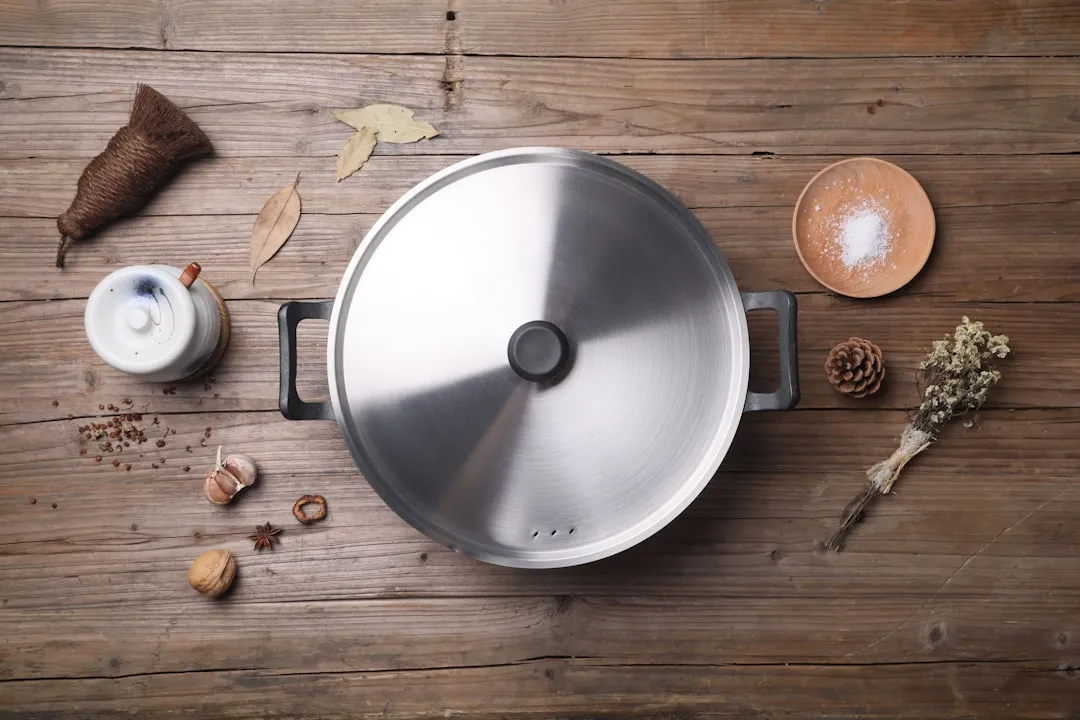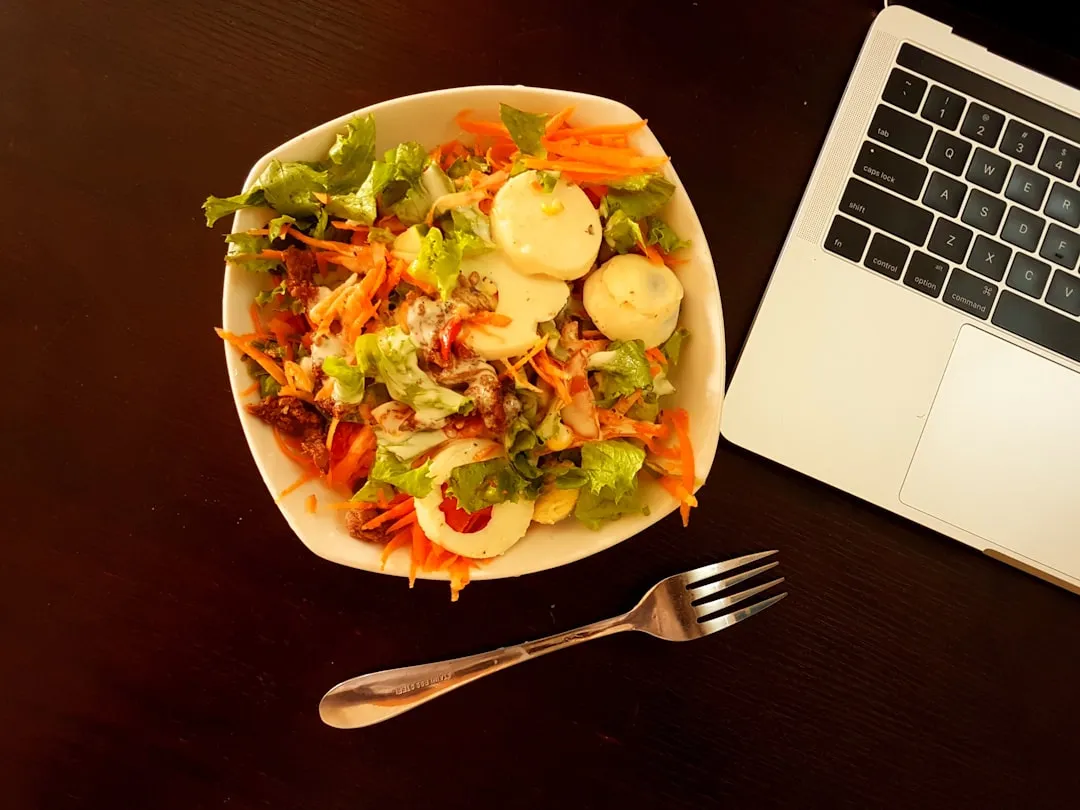A few years ago I went hog-wild trying to achieve a zero-waste lifestyle. I didn't succeed, but the experiment taught me that we throw away things we could—and should—be using more.
In ye olde days of our forefathers, people generally used every part of the animal in cooking. This nose-to-tail philosophy is coming back among a lot of chefs, and rightly so. In the spirit of nose-to-tail eating (or seed-to-skin, or stalk-to-flower), here are five things you're throwing away, but shouldn't.
#1. Juiced Lemons & Lemon Peels
Not only do lemons make everything taste better, this humble citrus also contains incredible properties, from high levels of vitamin C to antibacterial qualities. If you read our guide on how to get all of the juice out of a lemon, you're already ahead of the game.
But what about after a lemon has been juiced? There's still quite a lot of fruit left. And what about the peel? Lemon zest is commonly used in cooking, but here are some more fun and thrifty things you can do with already-juiced lemons and their peels.

You think these peels are trash? Think again!
Clean Your Sink
The acid in lemon juice acts as a natural cleaner and also as a bleach. Root Simple demonstrates how to clean a sink with only baking soda and lemon. They suggest scrubbing the sink with baking soda or salt first, then rubbing the juicy part of the lemon all over the sink and letting it sit to invoke its bleaching properties.
I do that in reverse, sometimes even adding salt or baking soda to the lemon scraps and using it as my own scouring sponge.

Cut a few small slices to flatten it out into a DIY scrubber. Add salt or baking soda and scrub.
Freshen Your Garbage Disposal
We've got a whole list of ways to de-stink your garbage disposal, and one of the best and easiest is to use lemon or other citrus fruit peels.
You can use just the peels, throw in some already juiced lemon halves, or use lemons that are spoiling. As Justin puts it, "Aside from the deodorizing, the acid in the fruit will help disinfect the blades and disposal walls, and the citrusy smell will help curb stress and anxiety the next time you cook or wash dishes."

It's wonderful to be able to get multiple uses out of what would otherwise be trash.
Infuse Oils & Vinegar
Lemon oil is awesome. It can be used as a furniture polish and as something you can drizzle on your food. Plus, it's super easy to make.
As instructed by Mommy Potamus, cut the peel away from the white pith of the fruit and the flesh and let sit in a jar of olive or coconut oil in a sunny window for two weeks. Then, strain the oil into another container and you're all set. Use the same procedure to scent vinegar and you have yourself an unbeatable DIY home cleaner.

Since it's vodka, you may be tempted to drink it, but don't!
Make Your Own Flavored Extracts for Cooking
Why buy lemon, orange, or lime extracts for cooking when you can make it at home with your leftover citrus peels and vodka?
As with oils and vinegar, you just need to cut away the peel of one large lemon or orange (or a few limes) with little to no pith. Place the peel in a glass container and then use a wooden spoon to stir them vigorously; this releases the essential oils that give off flavor. Then cover the peel with a half cup of vodka, attach the container's lid, and steep for five to six weeks in a cool, dry place.

Making orange extract.

And lemon extract.

Making orange extract.

And lemon extract.
You can get more details and also learn how to make your own almond, cinnamon, and vanilla extract with our handy guide.
Scent Your Trash Can
Again, make sure you cut the peel cleanly away from the pith and any remaining flesh. Now simply toss the peels into the bottom of your trash can before you put in a new bag. It sounds weird, but the peels will act as a natural deodorizer.

If your trash can is actually in your kitchen, then it's an even better idea!
Now that you're a lemon peel enthusiast, here are 31 more ways you can use lemon peel. I told you it was versatile!
#2. Bacon Fat
Before you wrinkle your nose, take a moment to think about the warm, smoky, salty quality that makes bacon irresistible. Now that we have your attention, check out this public service announcement for why you should never throw away bacon fat.
For one thing, it keeps for up to six months in the fridge, so it's not like you have to use it all at once. Bacon fat is a saturated fat which, for the most part, is a health no-no. But in small quantities, it's a great substitute for butter (also a sat. fat) and can be used in ways that don't involve it being shoved by the spoonful into your mouth. How, you ask?

Look at all that fatty goodness!
Bacon Fat Candle
The reason I love the idea of a bacon fat candle is because you can have the benefit of smelling bacon all of the time without having to actually eat it all of the time. And it will drive your neighbors crazy!

As long as you've got the stuff, DIY bacon fat candles are easy to make.
Bacon fat actually has a number of household uses. You can use it to season cast iron pans, make soap, and use it as the food in bird feeders. Be sure to check out all the practical ways to use it in Yumi's guide here. But if you are going to cook with it, my favorite use is...
Make Bacon Fat Roasted Potatoes
The reason I think roasting potatoes in bacon fat is the way to go is because you actually need less of it than butter or oil. Maybe this is just a mind hack, but I think the smell contributes so much to the flavor that a little goes a long way.
Smear some softened bacon fat onto the bottom of a sheet pan and toss your potatoes to coat them evenly. Add some salt and pepper, maybe some garlic and rosemary, depending on your preference, and roast in a 425°F/218°C oven until crispy.

For a potato salad with corn and jalapenos, these potatoes were roasted in bacon fat first to make the dish extra yummy.
If you want more tips on how to make delectable roast potatoes, be sure to read our guide on how to roast them to crispy, crunchy perfection.
#3. Woody Rosemary Stalks
What could anyone possibly do with those woody stalks from the rosemary plant? They appear to have zero herbaceous value, acting purely as the stem upon which grows the piney, herby wonder that is rosemary. But as we've seen with lemon peels and bacon fat, rosemary stalks deserve a second chance.

You'd think these things are useless, but they are definitely not.
Use Them to Skewer Meats & Vegetables
While you obviously wouldn't want to eat the woody stalks, they actually do contain the same oils and scents that we love so much in rosemary leaves, although to a lesser degree. One way to utilize their rigid constitution is to use the stalks as skewers for kebabs, either meat or vegetable (I've also seen this done with fresh figs).
All you have to do is pick the thickest stalks, scrape off the leaves, and pierce them through a couple of inch-sized pieces of meat. Lamb and rosemary are old bedfellows, and using this technique actually infuses the lamb from the inside, giving it a depth of rosemary flavor that will complement any marinade. It also works really well with chicken and firmer varieties of fish.

These rosemary stalks have their leaves still on them, which will give the lamb even more flavor.
For more delicate fish, you could also layer a bunch of stalks to create a lattice and add some slices of lemon, then put the fish directly onto this homemade roasting rack for additional flavor.
Scent Your Fireplace
If you have a wood-burning fireplace, add your leftover rosemary stalks to the fire for a natural forest smell in your living room. In many complementary medicines, the smell of rosemary is said to give you more energy. It was also used by the ancient Romans as incense and by the Elizabethans to improve memory.

Just toss 'em in with the fire rolling and enjoy the smell.
#4. Wilted Greens
There's nothing more depressing than a soggy leaf of lettuce. A crunchless salad is like a metaphor for all things that are terrible with the world. But before you get ready to toss your sad greens into the trash, here are three things you can do with them.

This is one unhappy chard, but it's not down for the count just yet.
Revive Them!
As explained here, what makes greens go soggy is that they're actually losing moisture. It's the moisture inside the leaf that makes it crispy. When it seeps outside, you have a gross, soggy mess. The easiest way to revive greens is to soak them in a cold water bath.

Ice water might be too cold, so skip the ice if you're doing this.
Add Them to Soup
There are countless recipes for soups with wilted greens, like this one. So there's no point in using up the nicest, crispest vegetables in a recipe that's just going to turn them into mush. Instead, this is a perfect time to use up that week old lettuce that's not bad, it's just sad.

Yep, that's wilted lettuce in this soup.
Make Green Smoothies
Like the soup strategy, there's really no point in using the crispiest greens in a smoothie, which requires it to be blended up anyway. If you haven't jumped on the green smoothie bandwagon, try it. Unlike juicing, which requires a juicer, all you need for a green smoothie is a blender.
It's a simple combination of greens, some kind of fruit, a liquid (could be water, almond milk, mint tea, coconut water—you pick your poison), and nuts or nut butter for a little protein.

Green smoothie made with kale, mango, and almonds.
Still More Surprising Uses
There are countless other ways you can use wilted greens in your kitchen if soups and smoothies aren't your thing. Check out our full guide here. Not only is lettuce or other greens great grilled, you can make sauce out of them and use them as wraps if you're trying to cut back on carbs.
#5. Celery Leaves
Possibly the tastiest part of celery, the leaf tends to gets discarded far too often. Bon Appétitalerts us to all of the reasons you shouldn't be tossing away your celery leaves, but my favorite reason is that it works as a substitute for parsley and cilantro as a garnish. Who knew?!

Celery with a fringe on top.
Of course, these five items are just your starter kit, but once you get the hang of tossing food scraps into your cooking and not into the trash, you'll discover a whole world of thriftiness out there.
For even more ways to waste less, check out our guides on unexpected items you can compost, repurposing leftovers, telling when eggs are really expired, eating around moldy food, and vegetables and herbs you can eat once and regrow forever.
Cover image via Shutterstock

























Comments
Be the first, drop a comment!